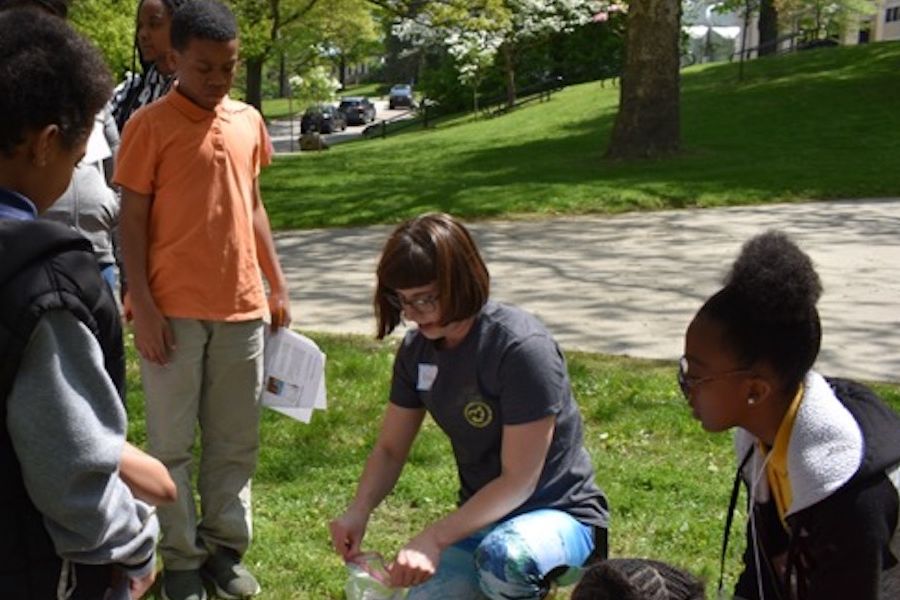College of Arts and Sciences

Science is complex, and it’s difficult to discuss it with children under the best circumstances; it’s even more difficult when they are hungry. Two Á˝ĐÔÉ«ÎçŇą University researchers may have cooked up a way to solve both of those problems, and the National Science Foundation just awarded them a three-year, $1.3 million grant to determine if their recipe works.

The National Science Foundation has awarded a three-year, $914,000 grant to Á˝ĐÔÉ«ÎçŇą University to lead a collaborative research project to study how and at what rate the geographically most widespread native conifer in the eastern United States, the Eastern Red Cedar tree species (Juniperus virginiana), spreads across the landscape.

Bridget Mulvey, Ph.D., associate professor of science education in the College of Education, Health and Human Services; and David Singer, Ph.D., associate professor in the Department of Geology in the College of Arts and Sciences, recently merged real geology research with community service in an effort to show some Akron Public Schools students that science is not just a benefit to their community but a viable career option, too.
Bridget Mulvey, Ph.D., associate professor of science education in the College of Education, Health and Human Services; and David Singer, Ph.D., associate professor in the Department of Geology in the College of Arts and Sciences, recently merged real geology research with community service in an effort to show some Akron Public Schools students that science is not just a benefit to their community but a viable career option, too.

The National Science Foundation has awarded a three-year, $914,000 grant to Á˝ĐÔÉ«ÎçŇą University to lead a collaborative research project to study how and at what rate the geographically most widespread native conifer in the eastern United States, the Eastern Red Cedar tree species (Juniperus virginiana), spreads across the landscape.
Mary Ann Raghanti, Ph.D., anthropology professor and chair in the College of Arts and Sciences at Á˝ĐÔÉ«ÎçŇą University, is involved in a collaborative research project to examine heart disease in gorillas.

Emmaleigh Given recently spent three summers and two winters in a remote biological reserve in the middle of the rainforest in the Alajuela Province of Costa Rica, where she has and will spend several months conducting research on community ecology, and she has one more trip planned. Being hunted by unseen predators isn’t the way most researchers conduct their work. But for some, it’s just part of the day.

Gracen Gerbig and Hayley Shasteen, both Á˝ĐÔÉ«ÎçŇą University students in the College of Arts and Sciences, recently received the Barry M. Goldwater Scholarship, considered the nation’s premier undergraduate award in the natural sciences, math and engineering. They were recognized by President Beverly Warren at the Á˝ĐÔÉ«ÎçŇą Board of Trustees meeting on May 9.